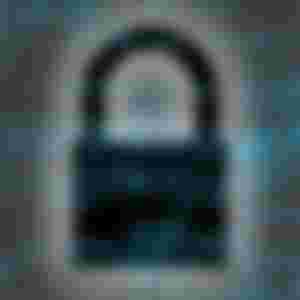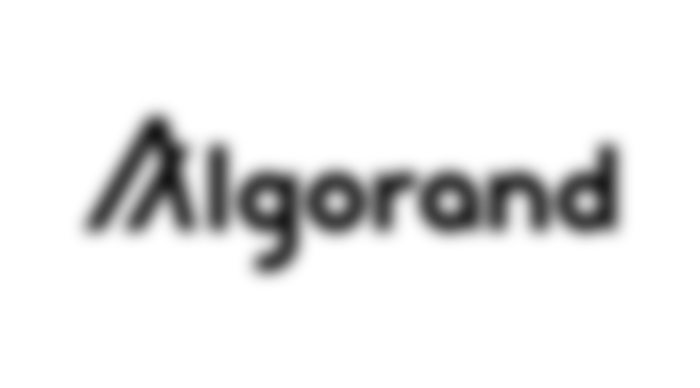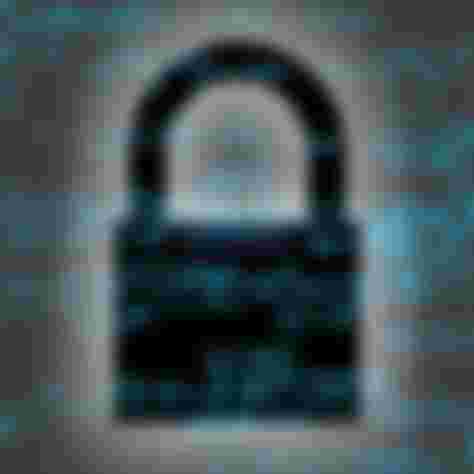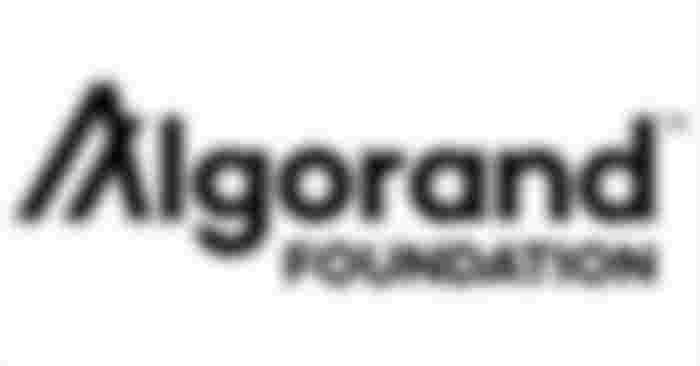Algorand (ALGO) Explained
What is Algorand?
Algorand is a high performance next generation blockchain that uses Pure Proof of Stake (PPoS) and pseudorandom functions. Many have called this project “Blockchain 3.0”, as it solves Bitcoin’s well-known scalability problems whilst maintaining security and decentralization. Algorand stands out from other high performance blockchains by the credibility of it’s founder, MIT professor Silvio Micali.
Who is Silvio Micali?

Silvio Micali is the recipient of the Turning award (the highest award from computer scientists) with innovations built around his research in cryptography, zero-knowledge, pseudorandom generation, secure protocols and mechanism design. On top of this, Dr. Micali is the co-inventor of probabilistic encryption, Zero-Knowledge Proofs, Verifiable Random Functions and many of the protocols that are the foundations of modern cryptography
Where is Algorand located?
Algorand is a decentralized project founded by MIT professor Silvio Micali. The foundation responsible for maintaining Algorand, the Algorand Foundation is located at 888 Boylston St, Boston.
How do you mine Algorand?
It is currently not possible to mine Algorand using computer hardware. Algorand uses a proof-of-stake consensus, so it is possible to earn ALGO rewards by simply staking Algorand in the wallet.
How do I buy an Algorand?
You can Buy Algorand on popular exchanges such as Binance and others

Algorand attempts to overcome the Blockchain Trilemma

Vitalik Buterin proposed that a Blockchain can only have a maximum of 2 of these properties
Currently, transactions on the blockchain are very slow because of the “Blockchain Trilemma”. This is a term coined by Vitalik Buterin, the founder of Ethereum.
According to this idea, a blockchain has three major features: decentralization, scalability and security.
However, the Blockchain Trilemma proposes that it is very hard for a project to have all three features to a satisfactory condition. A network that is decentralized and has a tough security would not be scalable. Similarly, a blockchain that is decentralized and scalable will have little security etc.
Buterin believes at a fundamental level, a blockchain network can only achieve two of the three features at any time. The Blockchain Trilemma could be the source of scalability issues on most cryptocurrency blockchains. Most cryptocurrency projects cannot handle high numbers of transactions while ensuring network decentralization and security.
What is Algorand- Is it really a Next Generation blockchain?
To attempt to overcome this, Algorand opted for a Pure Proof of Stake (Pure PoS) consensus mechanism. Interestingly, the mechanism employs a different approach compared to other alterations of the PoS mechanism.
For instance, instead of requiring 100% consensus from all the validating parties, Algorand is comfortable with a two-thirds majority consensus. This means that in order to attack Algorand, you will need to purchase more than one third of the total supply of Algorand. This will anyway be uneconomical and holding such a large volume of the supply means that you have a large stake and would not want to see it fail.
Algorand’s secret sauce: Cryptographic sortition
Since today’s blockchain platforms require speed as an integral component, Algorand has a fast transaction time by enabling fast transaction finality through cryptographic sortition.

According to its website:
“All transactions are final in Algorand. Once a block appears, users can rely on the transactions it contains immediately, as they can be confident that the block will forever be part of the chain. Even if the Internet is split into multiple pools of users, only one safe and consistent Algorand chain will exist. [Additionally], Neither a few delegated users nor a fixed committee is responsible for proposing blocks in Algorand. Instead, all users are randomly, secretly, and continuously selected to participate in the Algorand consensus protocol.”
The process of confirming blocks on the platform involves two stages; the proposal and voting stage. During the proposal stage, a token is randomly selected, and its owner suggests the next block to be confirmed. At the voting stage, 1000 random token owners are selected to form a committee that approves the proposed block
The Algorand platform supports two types of nodes; relay and participation. An important point to note is that the relay nodes don’t participate in voting or decision making. Instead, they facilitate communication between participation nodes. Relay nodes are also hardware intensive compared to participant nodes.
Although Algorand is designed around being fully decentralized, the Algorand Foundation holds a lot of ALGO tokens and hence control. However, the platform is anticipated to be more decentralized in coming months as the foundation continues to liquidate its position.

“ALGORAND IS DELIVERING THAT INNOVATION WITH THIS NEW SET OF FEATURES THAT BRINGS AN IMPRESSIVE AMOUNT OF OPPORTUNITY TO DECENTRALIZED FINANCE"




